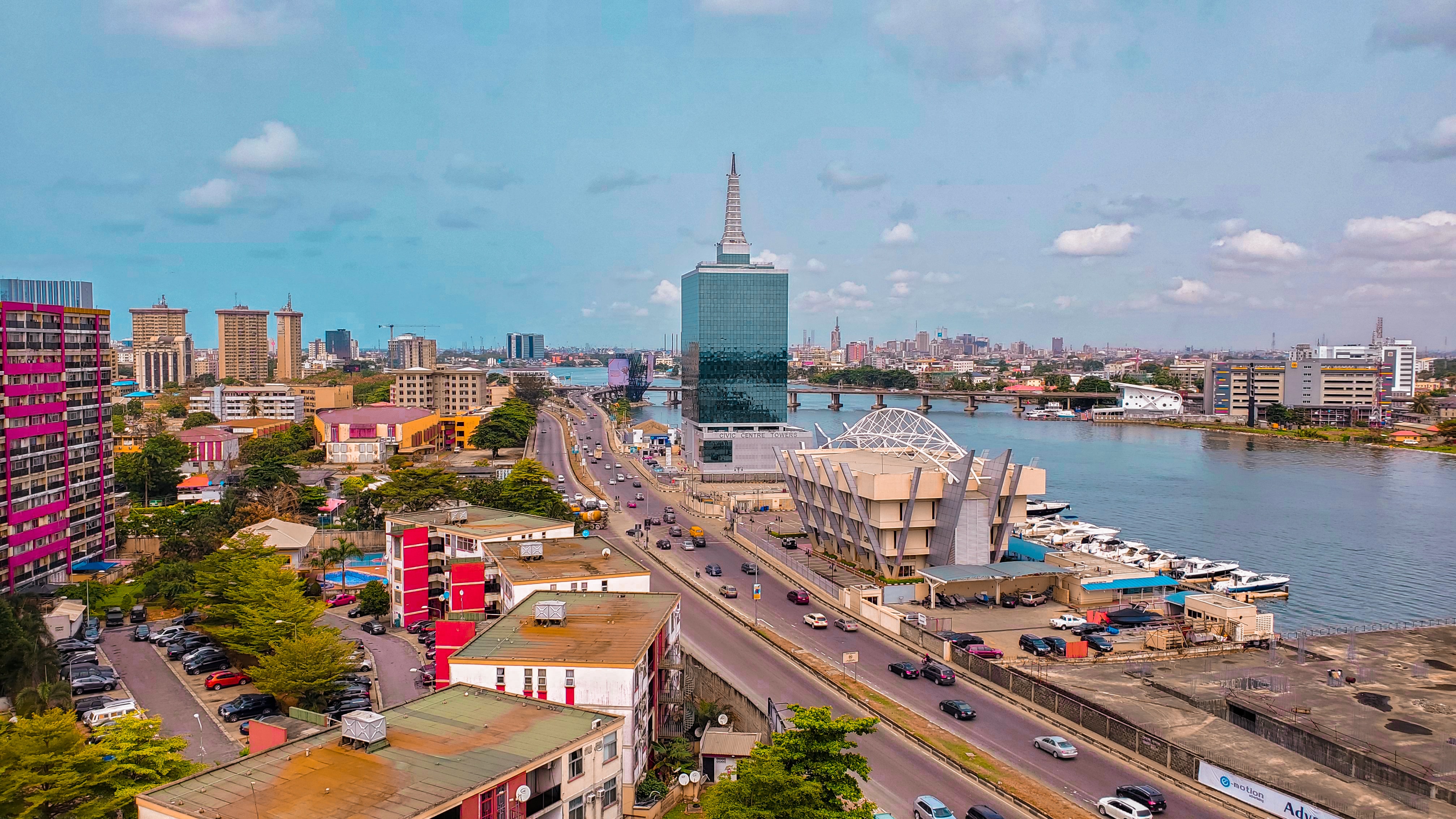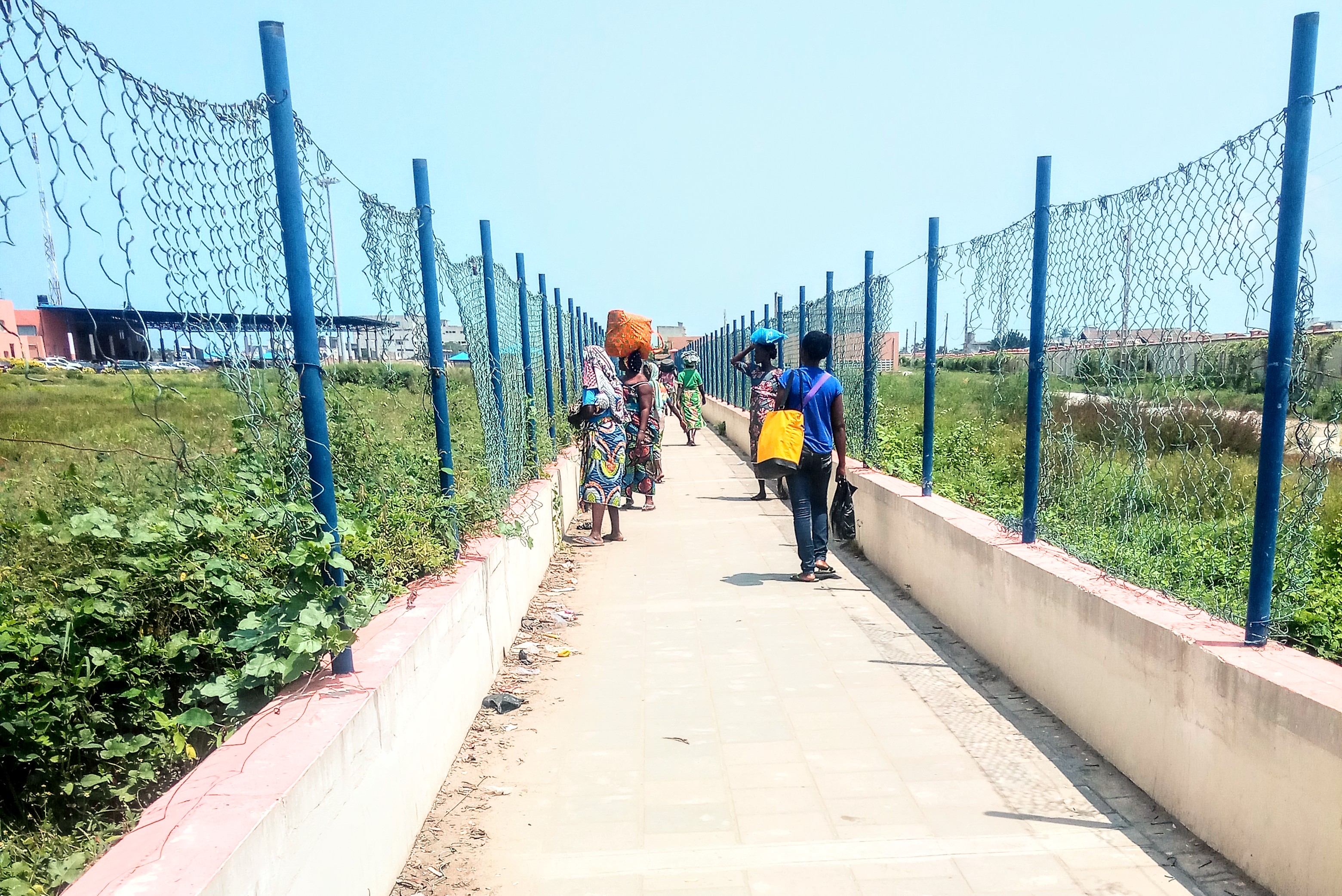Background
Historically, the people of West Africa enjoyed intraregional mobility. However, artificial borders brought about during colonialism created barriers to free movement and made it more difficult for people to move, settle and integrate in the region. The transposition of European conceptualizations of borders, citizenship and nationality meant that people in the region and in the continent had new norms and rules to abide by. Even today, Africans are still grappling with externally designed border regimes. In addition, communities were split by arbitrary borders, leading to a fragmentation of communal life. Contemporarily, global migration governance and security imperatives, among many other factors, have further hindered freedom of movement. The establishment of the Economic Community of West African States (ECOWAS) in 1975, and the ECOWAS Protocol on Free Movement in 1979 created a legal framework to anchor regional integration through trans-border mobility and regional trade. The 1993 version of the treaty incorporates freedom of movement into numerous parts of the treaty (articles 3, 32, 34, and 55), showing how important freedom in the region was becoming to regional relations. Within the region, a common passport, as well as travel certificates, are some of the initiatives that now make West Africa borderless as well as other measures that liberalize trade, and harmonize monetary policies and laws. The Protocol on Free Movement is one of the key characteristics of ECOWAS because it gives West Africans the right of entry, to take up residence and to seek employment, provided that they have international health certificates and valid travel documents. Since the establishment of ECOWAS, West African states can only expel or repel migrants on the grounds of public order or national security. ECOWAS states are both sending and receiving countries of migrants within the region and mega cities like Lagos are migrant destinations, where migrants are settling and integrating.

The city of Lagos is the economic capital of Nigeria and Nigeria’s largest urban settlement area. With an estimated 14 to 20 million inhabitants, Lagos is one of the most populous cities in Africa, making it a crucial space to understand the potential and impact of intra-African migrations. It is also a centre for regional and domestic rural-to-urban migrations and large infrastructure and construction projects. Lagos’ mega city projects (for example, those in the construction sector) draw migrants from the surrounding region. As a result, the experiences of migrants in Lagos not only reflect the impact of intra-African migrations, the contributions of migrants to local economies, the motivations for migration in the region, but also the challenges of arrival, settling and integration from their perspective. Finally, the experiences of migrants in Lagos provide a valuable indicator of whether the Freedom of Movement Protocol is fulfilling its function or not.

The challenges of the application of the Protocol at the state level have been well researched (Adepoju (2002), Clottey and Aqyei (2007), Bolarinwa (2015), and Okunade and Ogunnubi (2018)). Research has shown that at the high level, national interests differ causing the implementation of the Protocol to fragment (Zanker et al (2020), Arhin-Sam et al (2022)). Nevertheless, there is growing research focusing on experiences of free movement of individuals in the region as a test of the Protocol. For example, Yeboah et al (2020) focused on documenting the experiences of ECOWAS migrants in Ghana and how gender, social class and nationality shape freedom of movement.
Migration Milestones
The Migration Milestones project, produced by CERC Migration Research Fellow Oreva Olakpe, is focused on understanding how freedom of movement in West Africa is experienced by individuals on the ground, using the mega city of Lagos as the location for interrogation.

The project uses a hybrid of qualitative, ethnographic research and visualization via a narrative and interactive map, to examine the experiences of West African migrants in the city of Lagos, Nigeria. A primary goal of the project is to reflect on the right to freedom of movement in the region, as it is experienced “from below”, rather than focusing on the implementation of the Freedom of Movement Protocol at the state level “from above”.
Four Milestones of the Migration Journey
The study focuses on four stages of the migratory journey:motivation, arrival, settling and integration to draw out the significance on freedom of movement in West Africa and the impact of intra-African migrations on the everyday lives of West Africans. These four stages are inspired by the Freedom of Movement Protocol, which gives West Africans rights to enter, reside, seek employment and integrate in any part of the region they desire. The stages were also drawn from interviews of over 16 people from Burkina Faso, Guinea Bissau, Togo, Benin Republic and Ghana who migrated to Lagos, crossing multiple borders in the region. The motivation, arrival, settling and integration narratives are termed “milestones” in this study because they are crucial steps towards freedom of movement in the region.
Motivation
Migration is a journey that begins with a motive. What spurs migrants in West Africa to migrate to other parts of the region? There is an amplification of the migration motivations of Africans who head to destinations outside the continent, particularly to Europe. The dominant narrative shaping Africa-facing migration governance initiatives and funding is that migration towards the EU is a crisis and that the return of African migrants from Europe is an imperative. However, while this narrative has proved popular in Europe and other parts of the Global North, it is not an accurate view of the migration realities on the continent and does not capture the different continental and regional culture and attitudes towards migration, and the nuanced and complex contexts that shape individual migrant choices. In this project, the migration narratives begin and end in West Africa because where the majority of West African migration trajectories begin and end. We begin the regional migratory journey by unpacking the motivations of migrants from Togo, Burkina Faso, Ghana Guinea Bissau and Benin Republic to Lagos to show the diversity and nuances of migration drivers in the region.
Arrival
What happens when people arrive at borders in the region? Borders in West Africa have been evolving alongside the growing securitization of borders and criminalization of migration globally. How is this evolution interacting with frameworks set up by ECOWAS including the freedom of movement protocol, a regional passport, travel and health certificates? The project captures the experiences of migrants as they arrive at borders in their journey towards the city of Lagos, with a particular attention to the characteristics of immigration and border rules they encounter.
Settling
How do migrants settle in other parts of the region, what kind of resources are available to them and what kind of networks do they employ? To test the ease of freedom of movement, the project also captures narratives of settling or attempts to settle in the city of Lagos, this includes the experiences of moving within the city, finding accommodation, employment and other necessities to live in the city.
Integration
How do migrants in the region secure a place for themselves in their host societies? The project documents the stories of migrants as they develop a sense of community and belonging, the evolution of their migration plans from short-term to long-term or vice versa, their participation in local versus diasporic community structures, and their overall perceptions of ECOWAS and the tools needed to facilitate better integration.
Freedom of Movement Indicators
The study draws out key characteristics of the experience of freedom of movement rights from the stories of the participants during their migration trajectories. These characteristics are termed “freedom of movement indicators” and they include:
- the expectations of the migrants on arrival versus the reality at the border
- the knowledge of freedom of movement on arrival
- the ease of entry and exit with or without passports and other documents
- the requirements of border officials at the border, and
- the treatment migrants receive from border officials on arrival and exit.
About CERC Migration
The Canada Excellence Research Chair in Migration and Integration program (CERC Migration) at Toronto Metropolitan University produces innovative and usable knowledge that explores the links between migration and post-migration processes. The program began in 2019 thanks to a prestigious grant from the Government of Canada. Today it is one of the country’s largest centres of scholarship dedicated to migration research. The team investigates issues with global relevance and also those that are of special concern to Canada.
Design and Development
This series of scrolling visualizations was produced by Oreva Olakpe, Research Fellow, CERC Migration; Gabby Resch, Assistant Professor, Ontario Tech University; Laura Matthews, Manager, Marketing and Communications, CERC Migration; Grace Esford, Digital Media Associate, CERC Migration; Evan Laughlin, Research Assistant, Ontario Tech University; and Adaobi Obi, Research Assistant, Ontario Tech University.